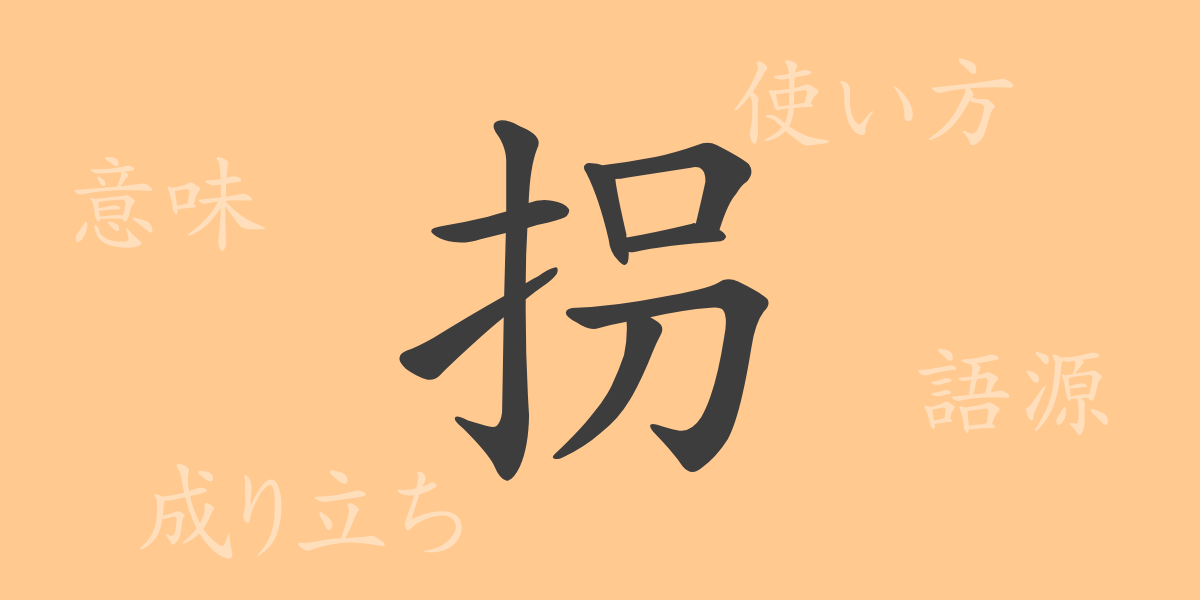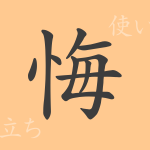The richness of the Japanese language is reflected in its characters. Each kanji has a deep meaning and a background formed over a long history. The kanji “拐” (Kai) may not be commonly used in everyday life, but knowing it can deepen your understanding of the Japanese language. This article will explain in detail the origins, meaning, usage, and even idioms and phrases associated with “拐” (Kai).
The Origin (Etymology) of 拐
The kanji “拐” (Kai) originated from ancient Chinese pictographs. Initially, it depicted the act of pulling a person. As time passed, the character evolved, and the current form of “拐” (かい) was established. This character is based on the motif of a hand hooking and taking away another person, and it came to have connotations of abduction and guidance.
The Meaning and Usage of 拐
The kanji “拐” (Kai) is mainly used to mean “to deceive and take away a person” or “to guide.” It is used in legal terms for the crime of “abduction” and can also be used metaphorically, as in “to captivate someone’s heart.” The word can also carry nuances of attracting or pilfering something, as seen in terms like “拐帯” (Kaitai) or “拐引” (Kaiin).
How to Read 拐, Number of Strokes, and Radical
The basic information about the kanji “拐” (Kai) is as follows:
- Reading: The on’yomi (Chinese reading) is “かい” (Kai), and there is no particular kun’yomi (Japanese reading).
- Number of Strokes: It has a total of 8 strokes.
- Radical: The radical is hand (Tehen).
Idioms, Phrases, and Proverbs Using 拐 and Their Meanings
Here are some idioms and phrases that use “拐” (Kai):
- 誘拐 (Yuukai): The criminal act of deceiving and kidnapping someone.
- 拐帯 (Kaitai): The act of stealing someone else’s property and making it one’s own.
- 拐引 (Kaiin): The act of enticing and leading someone away.
- 心を拐う (Kokoro-wo-ka-u): To bewitch someone’s heart and make it one’s own.
These idioms and phrases utilize the meanings of “拐” (Kai), such as “to lead away” and “to bewitch.”
Conclusion on 拐
The kanji “拐” (Kai) is a character that lets us feel the history from ancient times through its shape and meaning. While it may not be frequently used in Japan, its presence can be confirmed in legal terms, idioms, and phrases. We hope that through this article, your understanding of “拐” (Kai) will deepen, enriching your knowledge of the Japanese language.

























